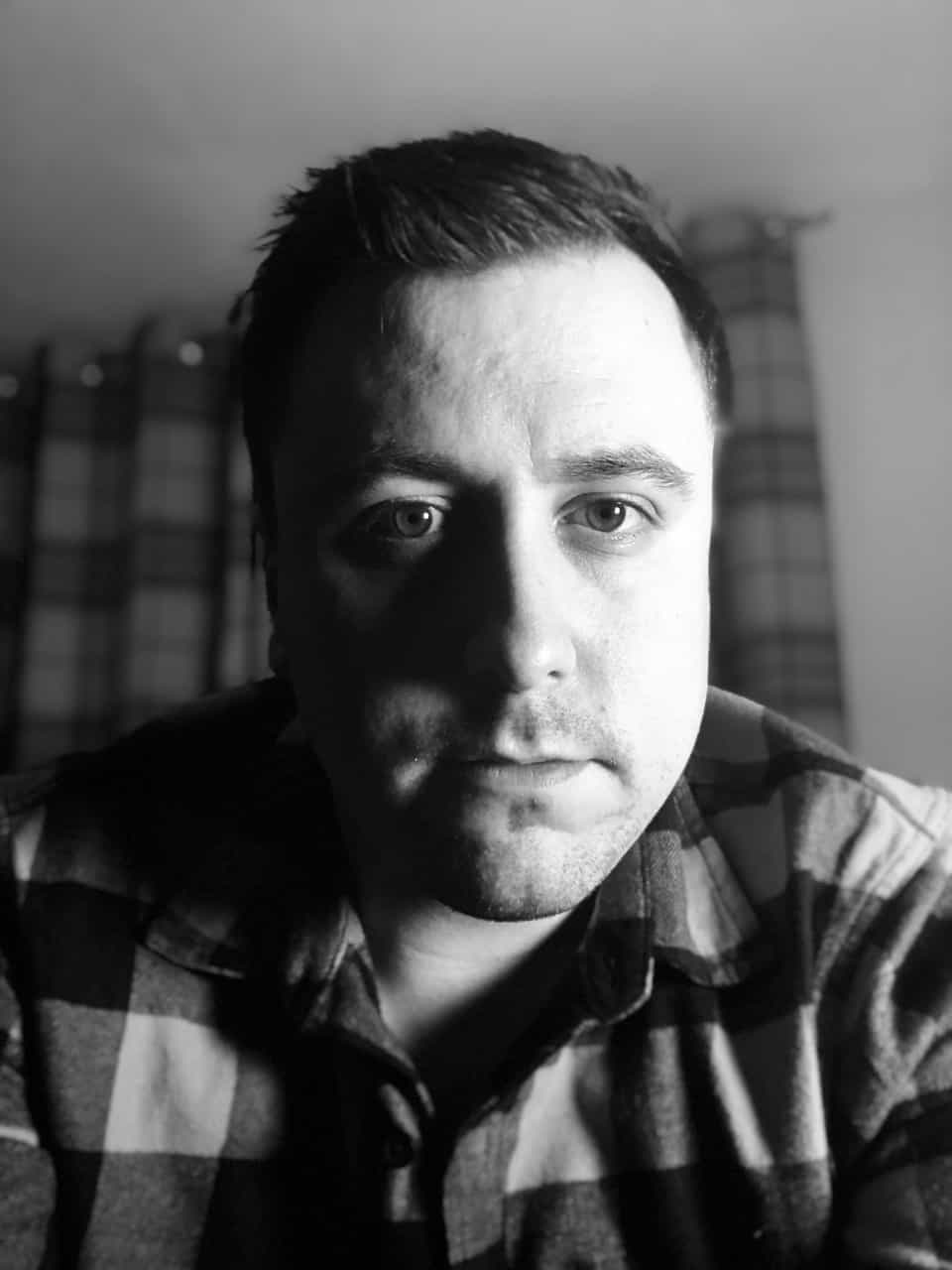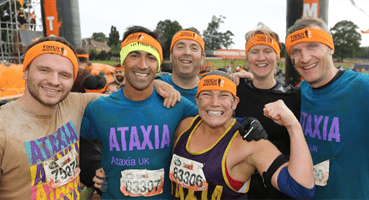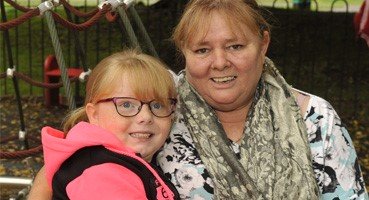Dale Gardner, Media Ambassador for Ataxia UK, lives with Friedreich’s ataxia, but despite its challenges, he talks about how strong and proud he is.
At 26 I had no symptoms or even knowledge of ataxia. That was until one day when I visited the cinema with friends. Afterwards, they dropped me off and as I walked to the front door, I turned to wave goodbye but my foot did not. As a result I ended up breaking my fibular, my first ever broken bone.
Fast forward six weeks of being in a cast, I began physiotherapy. My physiotherapist was good, but I never got back the movement I lost during the break. I was discharged from the physio department and told to return to normal.
Over the next twelve months I noticed my balance getting worse and the appearance of fatigue. I went to my GP who referred me back to physiotherapy as they thought the issue had been not enough sessions. This time around I had a different physiotherapist who had returned to work from having a brain tumour, he had me walk up and down a room and he immediately knew there was more at play than my leg. He asked me to come back and speak with both him and the GP who had me do some basic movements and then referred me to a neurologist, at this point I still had no idea what was wrong with me.
Following the same movement exercises the GP had me do, we began testing to find the cause. I had blood tests, brain scans and even a lumbar puncture, but all of this produced no result. Therefore, we began genetic testing. This provided a positive result for Friedreich’s ataxia. I had little to no knowledge of what this was, but I had an idea as I had been googling symptoms (never a great idea!).
That’s where Ataxia UK came in, they helped me understand ataxia and what the future holds.
Once I received my diagnosis, I asked for medical documents from Ataxia UK to give to my GP, who sent those documents around to around twelve other GPs. None of them had heard of or seen another case of Friedreich’s ataxia, showing how rare this is.
Its not all doom and gloom though, sure, there is not a cure at time of writing this, but there are therapies out there to help. Following on from speaking to my GP, I now have regular ongoing specialist neurological physiotherapy, speech therapy and a chiropractor to keep my spine and soft tissue in condition.
With daily exercises and a little motivation, I have managed to keep the condition from progressing than if I sat around and did nothing.
What makes me proud is back when I was diagnosed, I tried to hide my symptoms and refused to say anything. With Ataxia UK’s local support groups, this made me realise I don’t need to hide any symptoms. I’m proud to have FA and encouraging others with ataxia to make the most of life and have fun no matter what! After all I’m 1 in 50,000!







